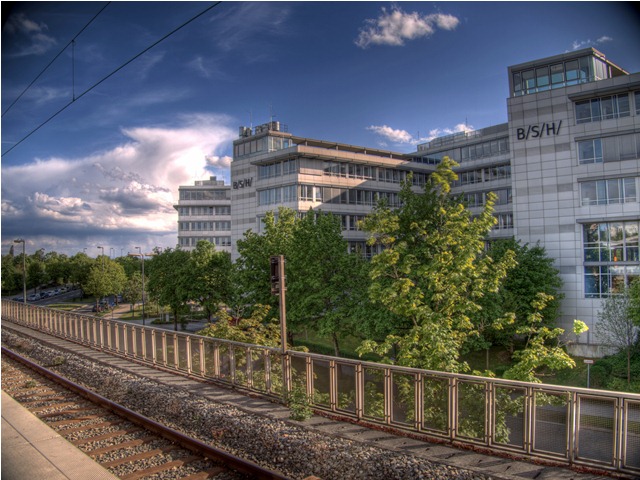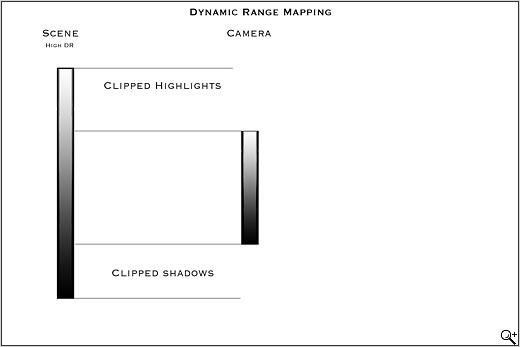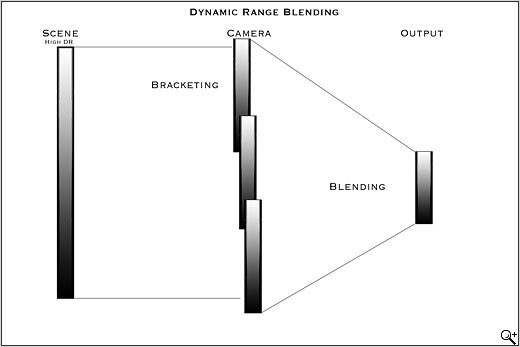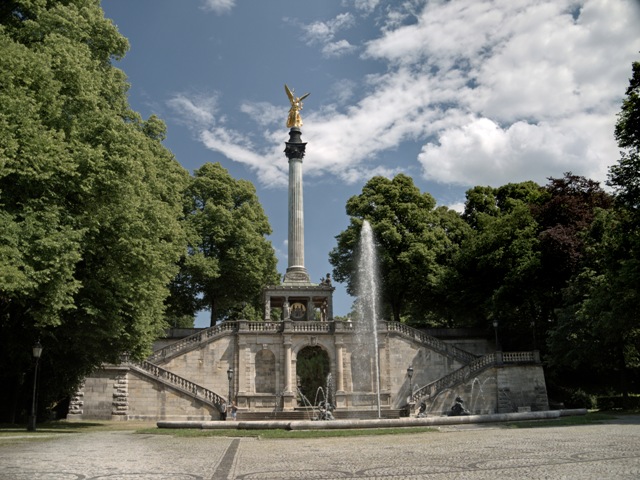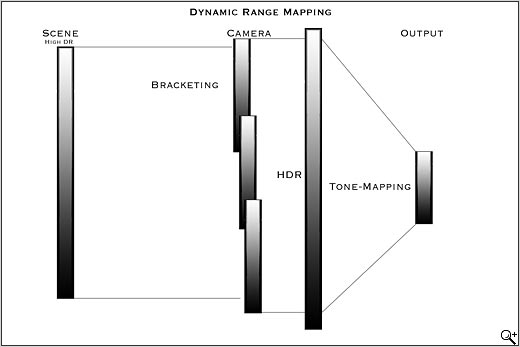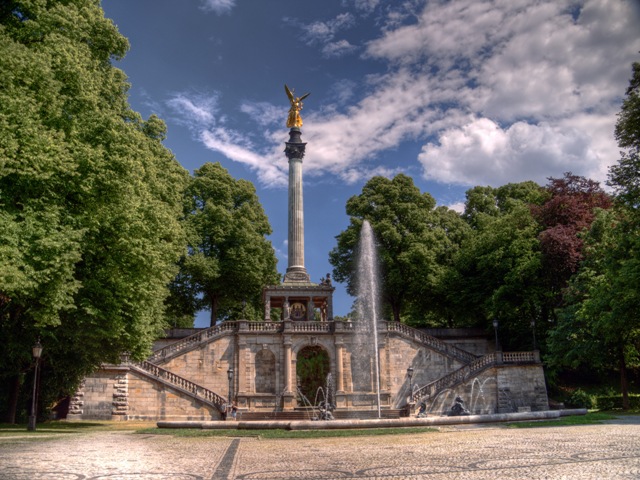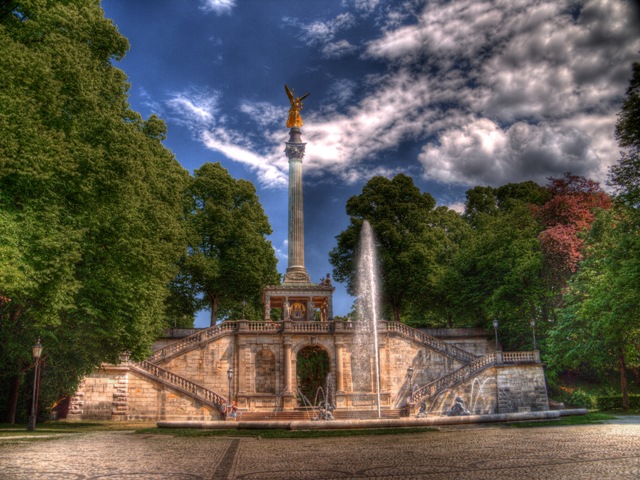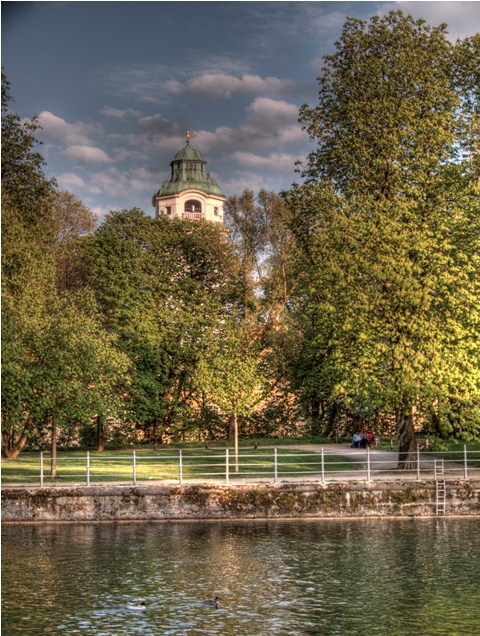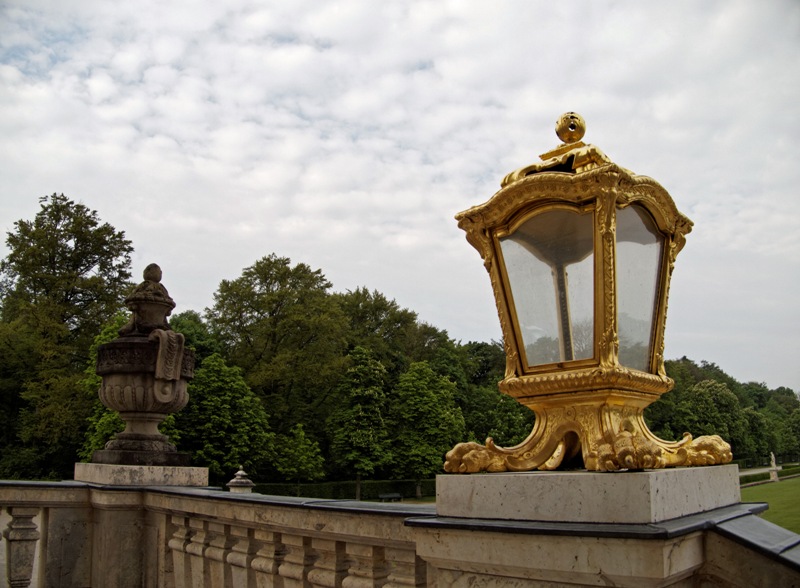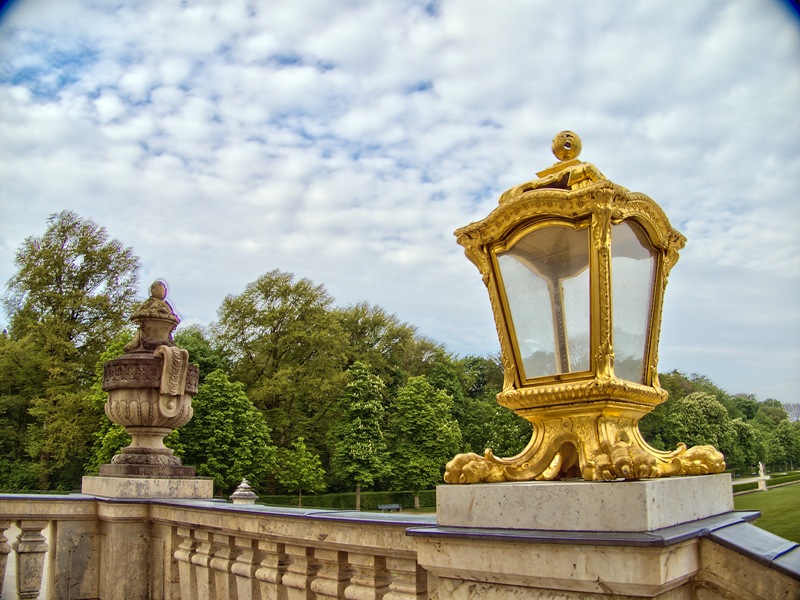Tanzania Holiday 18: Serengeti Game Drives Day 1 - Afternoon
 Monday, April 28, 2014 at 0:00
Monday, April 28, 2014 at 0:00 On the first of our two, full-day game drives, we started the morning well with a visit to Masai rock paintings, and spotted a leopard, elephants, and a number of birds.
In Serengeti's early afternoon heat, the animals are not very active. So we headed out again in late afternoon, continuing through the plains of the central Serengeti and the iconic acacia trees:
 Note: above photo was bracketed and HDR/tonemapped using Photomatix
Note: above photo was bracketed and HDR/tonemapped using Photomatix
We caught a herd of elephants walking across the landscape:

At first the angle for photos was too sharp...
... but they continued on and passed right in front of a kopje for some lovely shots:


If that seems like a small number of photos for the elephants, that's because we took video!
It is 3 1/2 minutes long, and you see one baby trying to "jump" on another. Sooooo cute!
On a kopje not too far away, our guide Prim spotted a lion(ess?). Definitely on the young side:

That lion alone, and far away, was not overly exciting. But then thing began to get interesting. Two other lions emerged from the dense greenery to the right of the first lion:

And then a fourth lion came out of hiding on their left. It was promising - they looked active, not sleepy:

In a short time, these four lions made their way down the kopje and started walking right toward us!

They were all relatively young, and seemed to have a destination in mind, at first staying cautious:

When they all left the shelter of the kopje, there were seven of them!

This is a large group of young lions, and must belong to a very strong pride. The kids seemed to enjoy the cooler air, relaxed, and played with each other as they walked (continuing toward the road):

Just before crossing the road, this one paused for a nice portrait!

They soon passed right in front of our jeep, and now we could see their destination - another kopje:

Zooming as far as we could, we saw two more lions on the destination kopje:

Now that the lions were past us, we drove ahead to where we thought they would stop. The lions did not climb the other kopje, but rather they all started gathering on a rock outcropping not far away. These two first:

Soon, all the others started scrambling up the back of the boulder, to sit together:

They were still quite a distance from the road, but we could zoom in effectively:

We loved that photo above, so we experiemented with some Photoshop / Topaz black & white effects:

Another bonus: we took video of the lions walking too! It is a little over 3 minutes long, and has three sections: walking towards us, walking away from us, and hanging out on the boulder.
One of the young lions yawned, but by then it was getting darker, and my camera was at its limit with the zoom lens - so the resulting photo is quite noisy...

... so that's when we experiment with Topaz Simplify (this is "BuzSim" effect). Still not great, but at least captures the memory:
One last photo: it was an amazing end to the game drive, on Christmas Eve too!

As we reached camp, the sun had already gone under the horizon, but still lit the clouds dramatically:
 Note: above photo was bracketed and HDR/tonemapped using Photomatix
Note: above photo was bracketed and HDR/tonemapped using Photomatix
This was our tent, nestled in to the rocks and foliage of the campsite:
 Note: above photo was bracketed and HDR/tonemapped using Photomatix
Note: above photo was bracketed and HDR/tonemapped using Photomatix
Supper was already being prepared, and we looked forward to a cold beer:
 Note: above photo was bracketed and HDR/tonemapped using Photomatix
Note: above photo was bracketed and HDR/tonemapped using Photomatix
We stepped outside for a few last photos of the scene, especially since the moon had already risen:
 Note: above photo was bracketed and HDR/tonemapped using Photomatix
Note: above photo was bracketed and HDR/tonemapped using Photomatix
Frau A liked the colors, and I got to take a photo of her as part of the scene!
 Note: above photo was bracketed and HDR/tonemapped using Photomatix
Note: above photo was bracketed and HDR/tonemapped using Photomatix
This was our last view of the day, a fantastic Christmas Eve:
 Note: above photo was bracketed and HDR/tonemapped using Photomatix
Note: above photo was bracketed and HDR/tonemapped using Photomatix
And finally... this was our honeymoon. For the wedding, instead of registering for physical gifts (e.g., china, silverware, etc.), we registered different parts of this Tanzanian safari. For this blog post, we wish to heartfully thank:
- Ronald M, for the overnights in this great location. It made a camper out of Frau A! THANK YOU!
- Amie and Kevin H, for the nights in this special camp. We absolutely loved it. THANK YOU!
- Erin and Kevin O, for the game drive, the resulting photos we treasure. THANK YOU!
- Seery M, for the game drive. It was such a special experience. THANK YOU!
- Greta M, for the game drive. We got perfect weather too! THANK YOU!
- Steve A and Claire P, for the game drive. It was just perfect, as you can see. THANK YOU!
 Herr J ...
Herr J ...  Post a Comment
Post a Comment  Travel tagged
Travel tagged  HDR,
HDR,  Serengeti National Park,
Serengeti National Park,  elephant,
elephant,  kopjes,
kopjes,  lion,
lion,  sunsets
sunsets  9 References ...
9 References ...  Print Article
Print Article  Email Article
Email Article 






